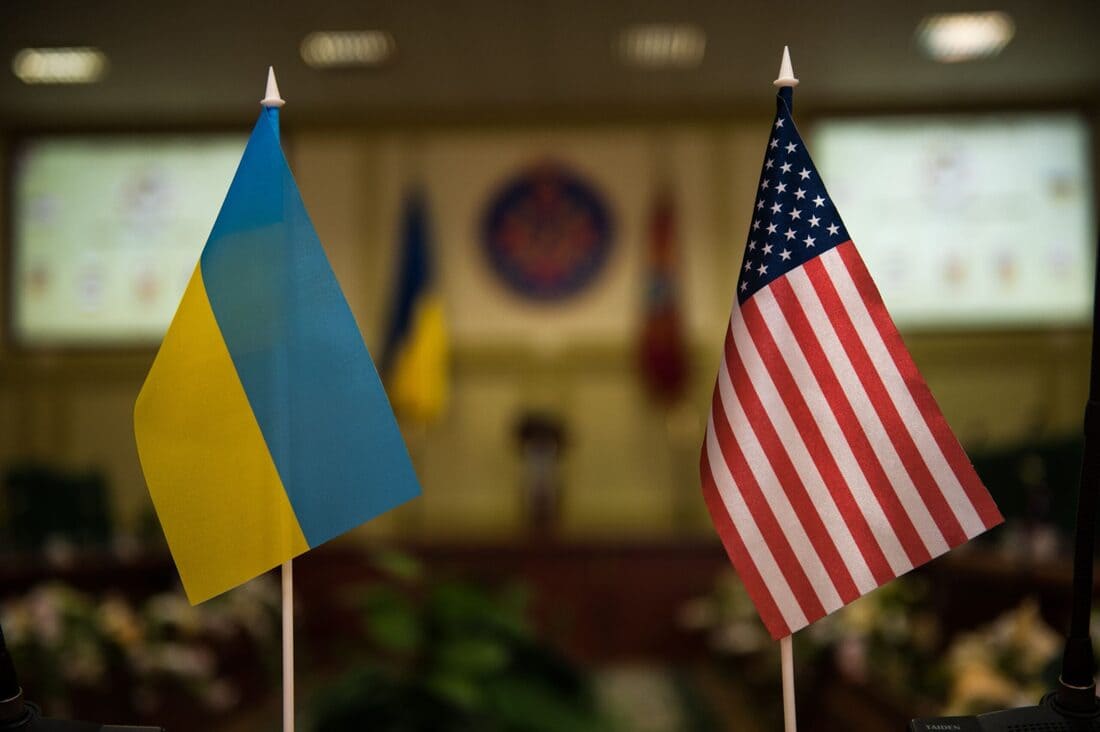The Pentagon has restarted selected arms deliveries to Ukraine only days after a sudden halt triggered a frantic check of U.S. stockpiles. Defense officials confirm that 155 mm artillery rounds and Guided Multiple Launch Rocket System missiles (GMLRS) crossed NATO borders late on July 9 and reached transfer hubs in Poland by midday July 10. According to industry sources, the loads moved by mixed rail-road convoys under routine security and without ceremony. The flow signals a cautious return to what had been weekly shipments before last week’s freeze.
The pause began on July 3, when Secretary of Defense Pete Hegseth ordered the services to stop issuing certain munitions until planners could match commitments against on-hand inventories. That order affected Patriot interceptors, Hellfire air-to-surface missiles, high-explosive 155 mm shells, and precision GMLRS. Officials say the review produced a red-yellow-green chart that showed comfortable margins for some items but thin buffers for others. Green categories are moving again; red categories stay on hold for now.
President Donald Trump told reporters on July 8 that he had “no idea” who started the hold but later said he had approved fresh “defensive” transfers. The White House then instructed the Pentagon to clear a limited release while the broader audit continues. Our analysis shows the decision reflects two pressures: Ukraine’s immediate needs and the Pentagon’s worry about its own warfighting reserves, especially for long-range air defense.
Kyiv welcomed the restart. President Volodymyr Zelenskyy said in a brief video that the new shells will “keep our artillery alive this week,” though he pressed again for more Patriot batteries. Ukrainian staff officers add that GMLRS remains vital for counter-battery strikes along the Kharkiv-Luhansk line. They note that Russian drone and missile attacks grew by more than thirty percent over the past month, forcing Ukraine to ration interceptor stocks day by day.
Inside the alliance, planners see the episode as a warning about Western production limits. European defense officials point out that U.S. 155 mm output still sits below the 100,000-round-per-month target now delayed to 2026. German and Norwegian yards have pledged additional Patriot launchers, yet missile output trails demand by a wide margin. One senior NATO logistician says that every Patriot tube sent east “shows up as a missing line item somewhere else.” The stockpile chart presented to Hegseth captured that tension in stark red.
Congress also keeps close watch. Senate Armed Services leaders from both parties asked for a classified briefing on July 15 to see the same inventory data. Several lawmakers argue that production funding, not delivery tempo, should decide future ceilings. Representative Elaine Luria, who chairs the House Seapower panel, said in a statement that she supports continued aid but wants “full-rate manufacturing in place before we tap the next locker.”
For the defense industry, the brief freeze created an instant ripple through order books. Shell casing suppliers in Pennsylvania and explosives plants in Missouri both reported calls from program managers seeking updated delivery forecasts. A GMLRS motor section subcontractor in West Virginia noted that the company now works triple shifts yet still runs eighty-day lead times on stabilizer fins. Contractors say the restart removes near-term uncertainty but does not fix the underlying demand surge.
Logistics units faced their own choreography. Once the freeze lifted, U.S. Transportation Command rerouted two Air Force C-17 sorties that had been idling in Ramstein, loading them with palletized 155 mm projectiles for a late-night run to Rzeszów. Surface convoys resumed through Bremerhaven and Rotterdam, where commercial roll-on/roll-off vessels had been waiting in port. Commanders describe the operation as “standard,” though it consumed extra crew rest cycles after the abrupt stop-start.
The Patriot question lingers. The paused consignment contained thirty interceptors earmarked for Ukraine’s 96th Air Defense Brigade. Those missiles remain in U.S. depots pending the next round of the inventory review. Defense officials say they will release them only when fresh production lots leave the Lockheed Martin line in Camden, Arkansas. The company delivered twelve missiles last month, well below the planned eighteen, due to a supplier delay on solid propellant grains.
Russian activity weighs on those decisions. On July 9, Moscow launched a record 728 one-way drones toward civilian and energy sites. Ukrainian operators shot down three-quarters of them but spent thirty-eight Patriot and PAC-3 interceptors during the onslaught. Each missile costs about four million dollars. At that burn rate, Kyiv could exhaust its Patriot stock in under four weeks unless resupply improves.
The episode also exposed seams in interagency coordination. White House advisors say they first learned of the pause from press queries. Pentagon aides counter that the review memo circulated through National Security Council channels on July 2. Either way, the communication lag forced National Security Advisor Robert O’Brien to reassure allies at a Brussels briefing that Washington remained committed to Ukraine. European diplomats later described the moment as “awkward but manageable.”
Production expansion is underway but slow. Army planners still aim for 100,000 155 mm rounds a month by late 2026. The Scranton plant, central to that goal, will add a new forging line this winter. Meanwhile, the Allegheny cylinder plant doubles its shift pattern in August, but staffing lags. Industry sources say many skilled machinists prefer the commercial sector’s steadier hours over surge defense schedules, hampering rapid scaling.
Ukraine adapts in other ways. Its Ministry of Strategic Industries pushes local drone interceptor programs under the “Clear Sky” banner. Early models use commercial-grade components and reach only six kilometers, far below Patriot range, yet they cost a tiny fraction of an advanced missile. The government hopes foreign donors will fund mass production, freeing Western stocks for high-altitude threats.
At the operational level, analysts see immediate effects. The first restored shipments allow Ukrainian guns to maintain five hundred daily fires along the eastern front, roughly the same rate as before the pause. Ground commanders in Donetsk report they no longer conserve shells for priority targets only. However, they remain cautious with rocket allocations, firing GMLRS only against armored concentrations flagged by U.S. satellite cuing.
For U.S. planners, the experience will shape future drawdown practice. Several combatant commands now must file monthly munitions balance sheets – a new requirement born from the episode. The data feeds an automated tracker that shows global supply at a glance. Early tests flagged shortfalls in Tomahawk, Stinger, and now Patriot. Officials believe the tool will help prevent sudden freezes by giving senior leaders a clearer picture.
Looking ahead, Defense officials confirm that additional aid packages are under consideration but will be staged. One official says the next tranche may focus on short-range air defense and drone detection radars rather than big ticket interceptors. The timing will depend on how fast production lines can backfill what leaves U.S. magazines.
For now, trains keep moving and artillery crews on both sides listen for the familiar whine of incoming rounds. The past week underscored how a simple order to stop shipments can echo from factory floor to frontline trench within days. Ukraine receives what it needs – for the moment – while Washington races to rebuild the shelf behind the hand it just extended.
REFERENCE SOURCES:
- https://apnews.com/article/05ba74cd9fbefcd81cc90886d091af5a
- https://www.reuters.com/business/aerospace-defense/us-military-delivering-some-weapons-ukraine-after-pause-2025-07-09/
- https://apnews.com/article/ukraine-weapons-shipments-trump-a1a39c136bce749debe36646f69b5196
- https://www.militarytimes.com/news/pentagon-congress/2025/07/10/us-resumes-sending-some-weapons-to-ukraine-after-pentagon-pause/
- https://apnews.com/article/russia-record-drone-attack-ukraine-war-fe3d23673b9b5696bb5097def9ed0775
- https://www.reuters.com/world/europe/russia-launches-record-728-drones-overnight-ukraines-air-force-says-2025-07-09/
- https://www.defenseone.com/defense-systems/2025/06/army-expects-make-more-million-artillery-shells-next-year/406132/
- https://insidedefense.com/daily-news/armys-155mm-production-rate-stalls-100000-month-mark-delayed-till-spring-2026



